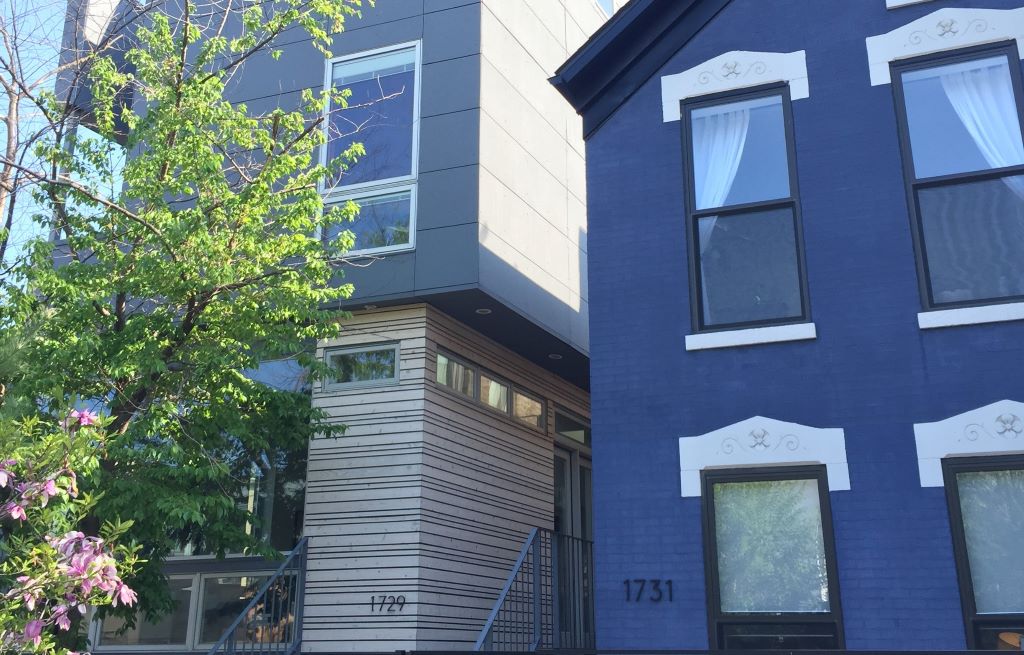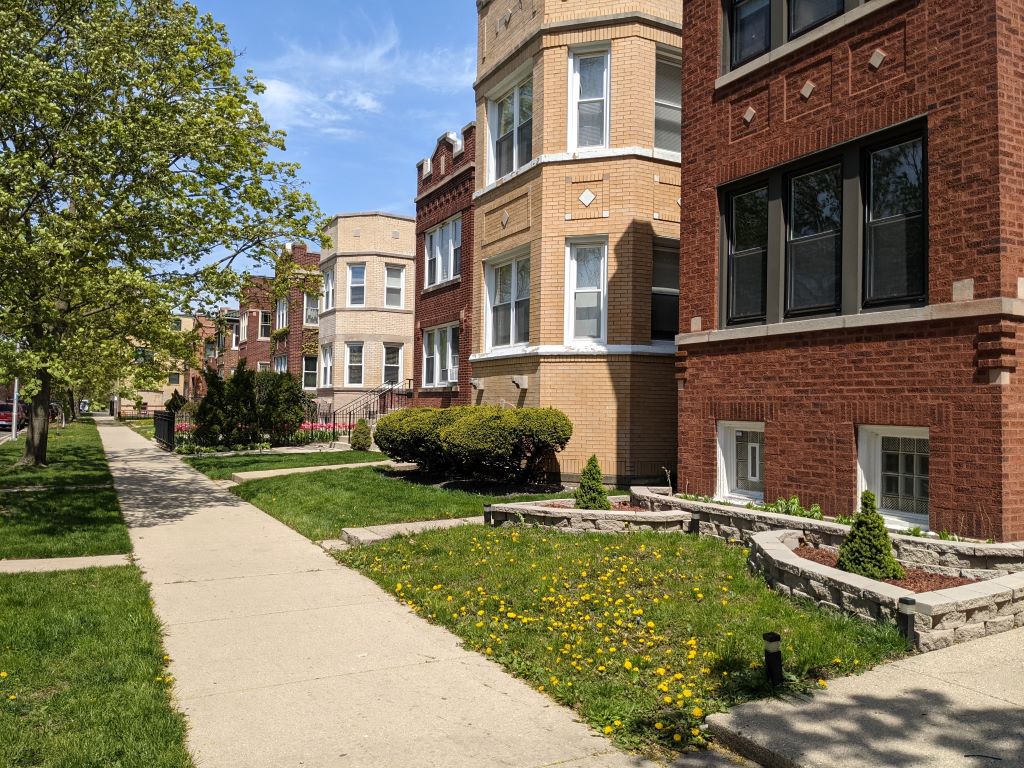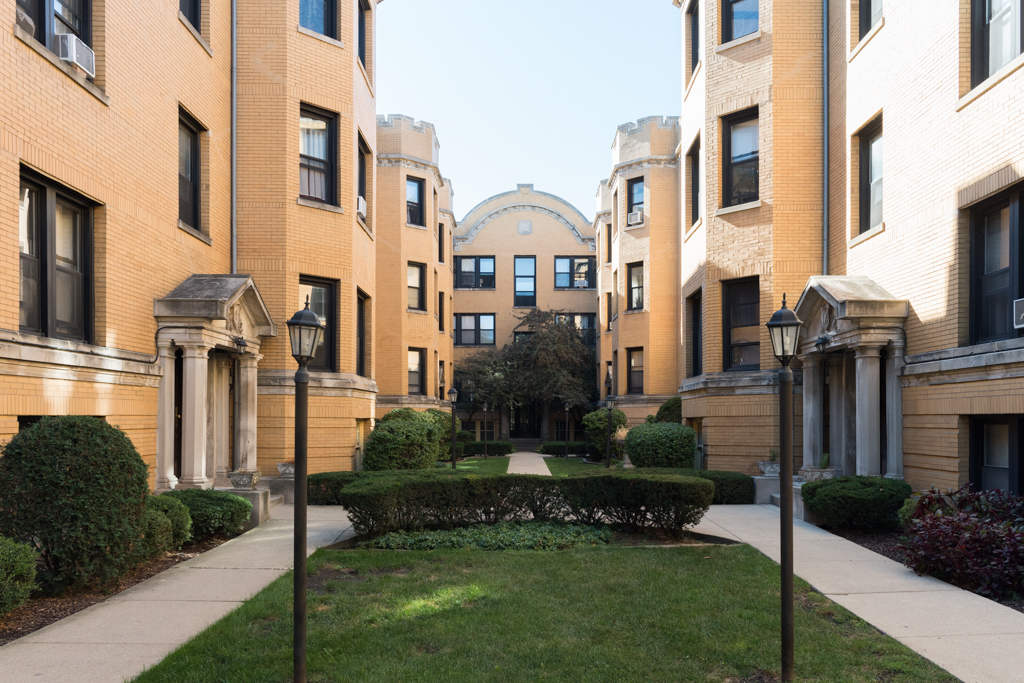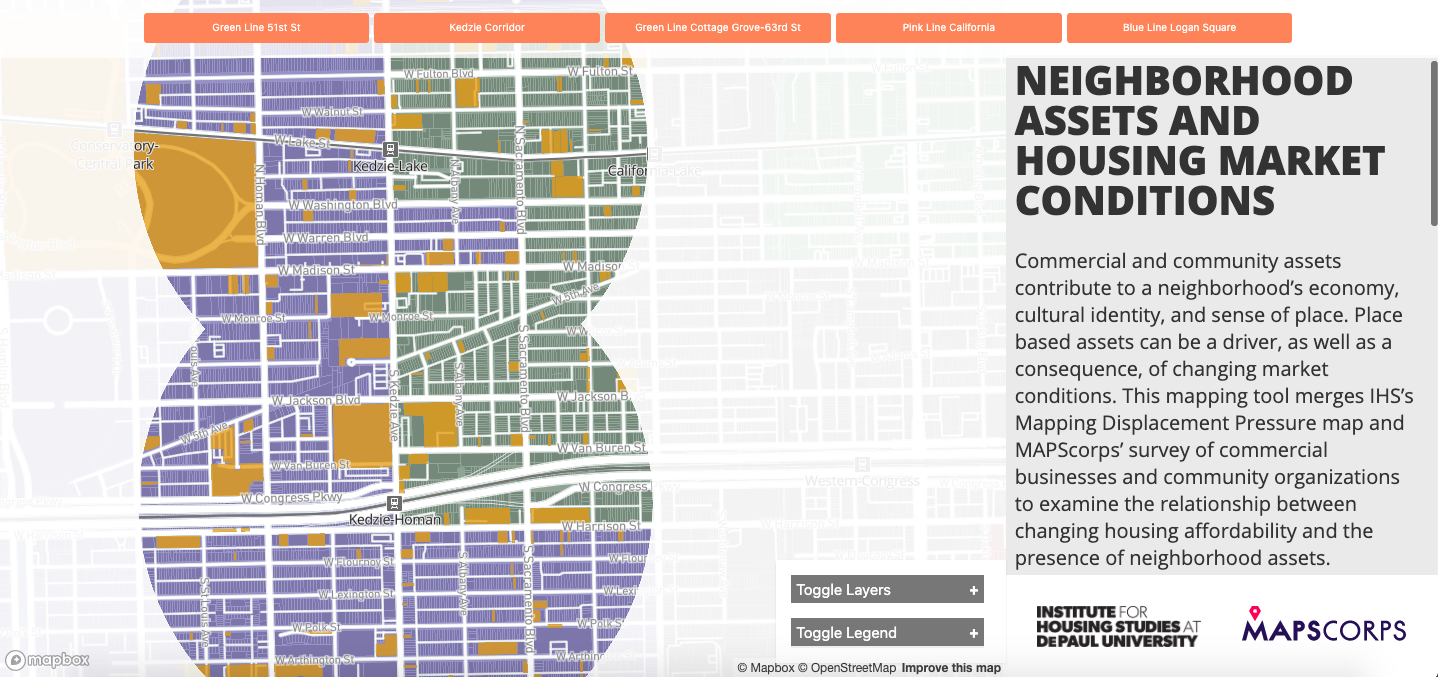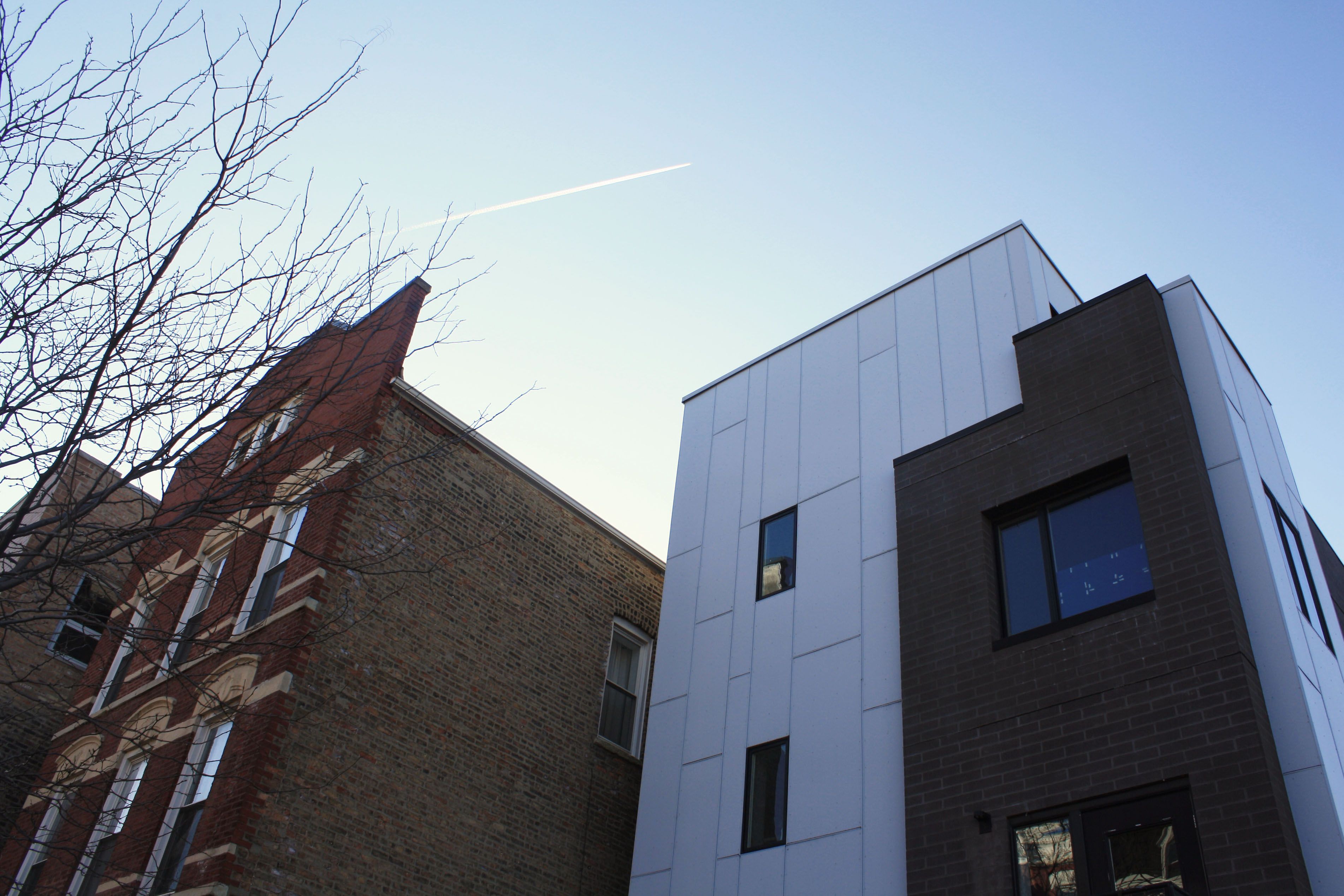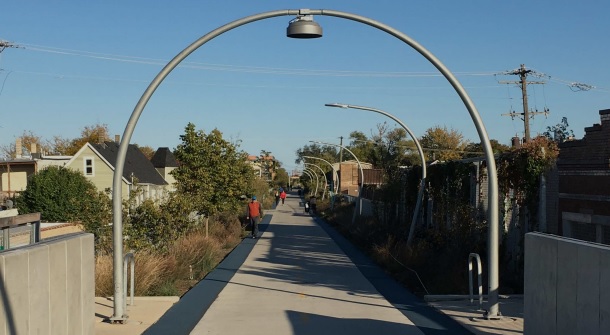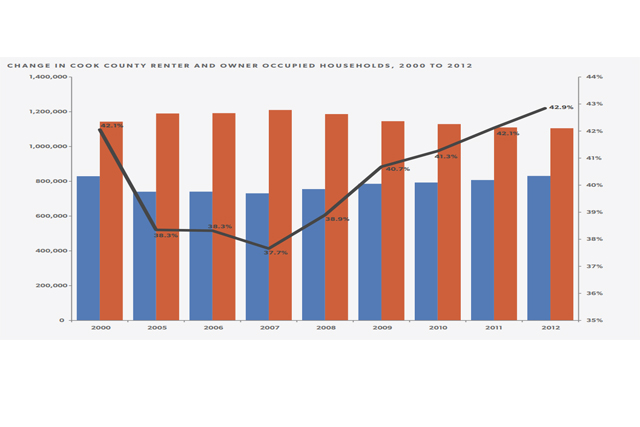Reports
This section highlights standalone reports and applied research products released by IHS.
Patterns of Lost 2 to 4 Unit Buildings in Chicago
This analysis uses a unique data set to document the loss of the 2 to 4 stock in Chicago neighborhoods in an effort to understand the different ways that market forces put pressure on this key segment of the city’s housing market.
Characteristics of the 2 to 4 Stock in Chicago Neighborhoods
To inform ongoing policy conversations related to the preservation of 2 to 4 buildings in Chicago neighborhoods, this report updates key contextual data on the stock of 2 to 4s in Chicago, and includes new data on the characteristics of the stock, foreclosure impacts, and the importance of 2 to 4s in communities of color and for households of color.
The Preservation Lab: A Platform to Engage Stakeholders around Today's Affordable Housing Challenges
The Preservation Lab is an initiative co-directed by the Institute for Housing Studies at DePaul University (IHS) and The Preservation Compact that aims to investigate complex and timely affordable housing topics and inform affordable housing policy through applied research and stakeholder engagement.
Understanding Displacement Pressure for Community Assets: Results from the Connect Chicago Innovation Program
Through the City Tech Connect Chicago Innovation Program, the Institute for Housing Studies at DePaul University (IHS) and MAPSCorps teamed up to create data indicators, sustainable processes, and tools to help community organizations access, analyze, and compare neighborhood-level data that can be leveraged to support local policies and issues.
Displacement Pressure in Context: Examining Recent Housing Market Changes Near The 606
This report goes “under the hood” of our Mapping Displacement Pressure in Chicago data to highlight how house prices are changing in the neighborhoods around The 606 and identifies potential opportunities to preserve affordability in surrounding communities.
Analyzing Neighborhoods with Intensifying and Emerging Housing Affordability Pressure
This analysis examines IHS’s updated displacement pressure maps and ways that market pressure may be changing in Chicago neighborhoods. The goal is to give neighborhood stakeholders a timely resource to understand shifting levels of market activity and highlight which areas in the City of Chicago may be experiencing increased displacement pressure.
Overview of Chicago's Housing Market
The City of Chicago commissioned the Institute for Housing Studies to develop data to guide conversations around developing Chicago’s 2019-2023 Five-Year Housing Plan.
Measuring the Impact of The 606
Measuring the Impact of the 606: Understanding How a Large Public Investment Impacted the Surrounding Community examines how the housing market responded to the development of The 606 linear park, Chicago's recent addition to the growing number of "rails to trails" projects nationwide.
Understanding neighborhood multifamily lending trends in the wake of the housing crisis
In light of the continued acute need for affordable rental housing in Cook County, the latest report from IHS examines a key challenge to maintaining and increasing the supply of affordable rental units: access to credit for multifamily properties in the county's lower-income communities. This report builds on the findings from the 2013 State of Rental Housing in Cook County using mortgage data released in October of 2014.
The impact of lock-in effects on housing turnover
The research brief, “The Impact of Lock-In Effects on Housing Turnover and Implications for a Housing Recovery” summarizes a new working paper by IHS researchers Patric Hendershott, Jin Man Lee, and James Shilling. It finds that rapidly increasing interest rates, along with negative equity, “lock-in” households to their existing mortgages and residences, which reduces housing turnover.
